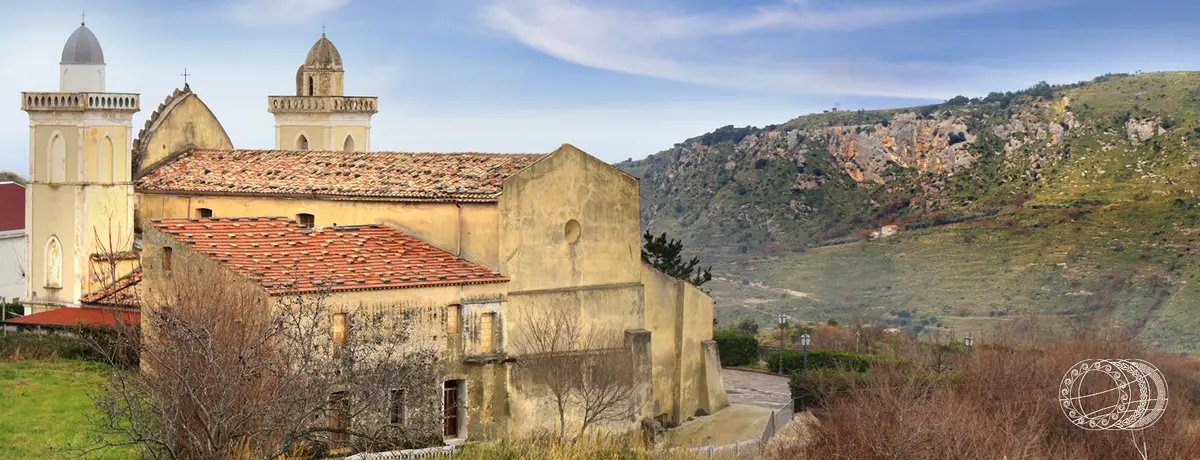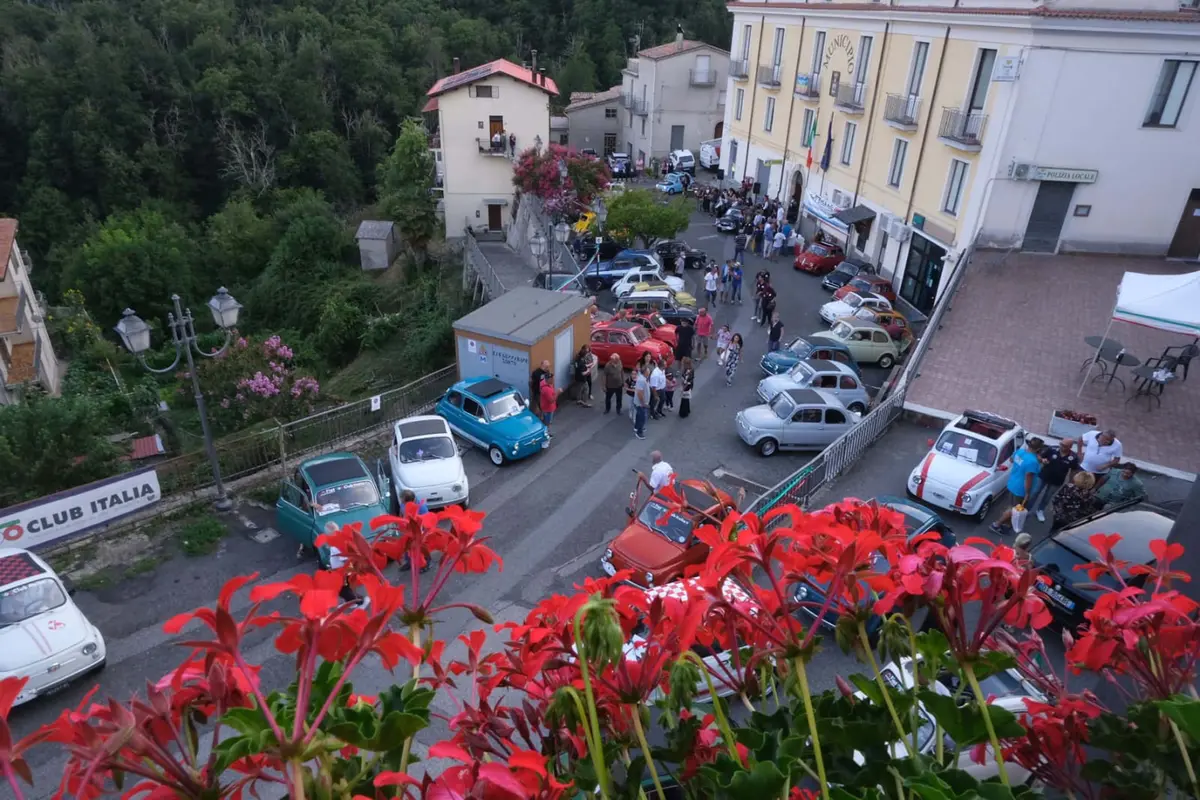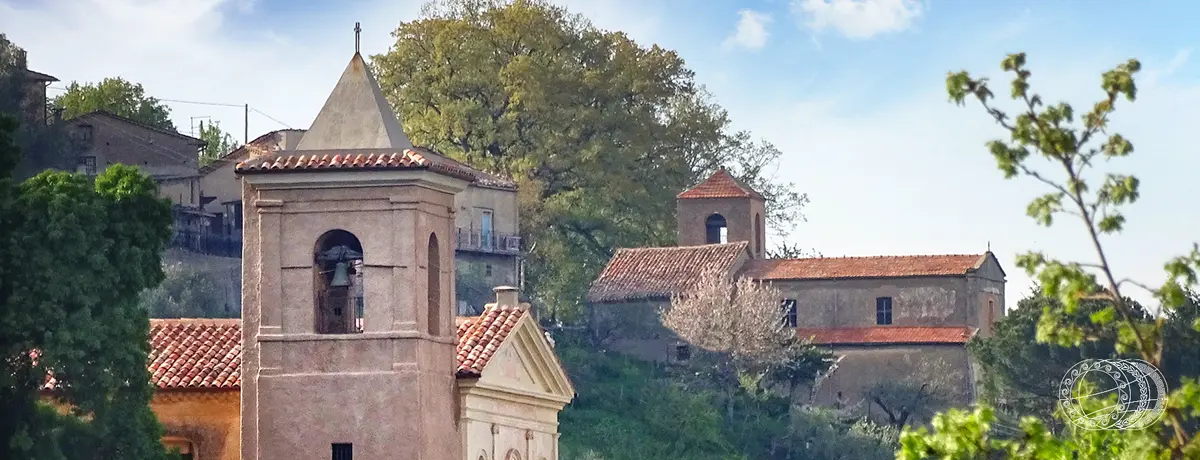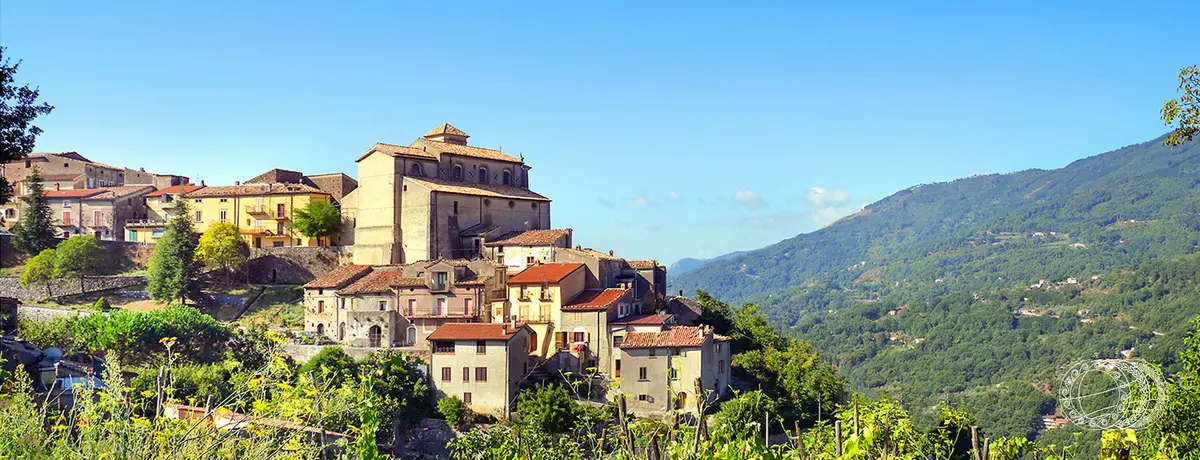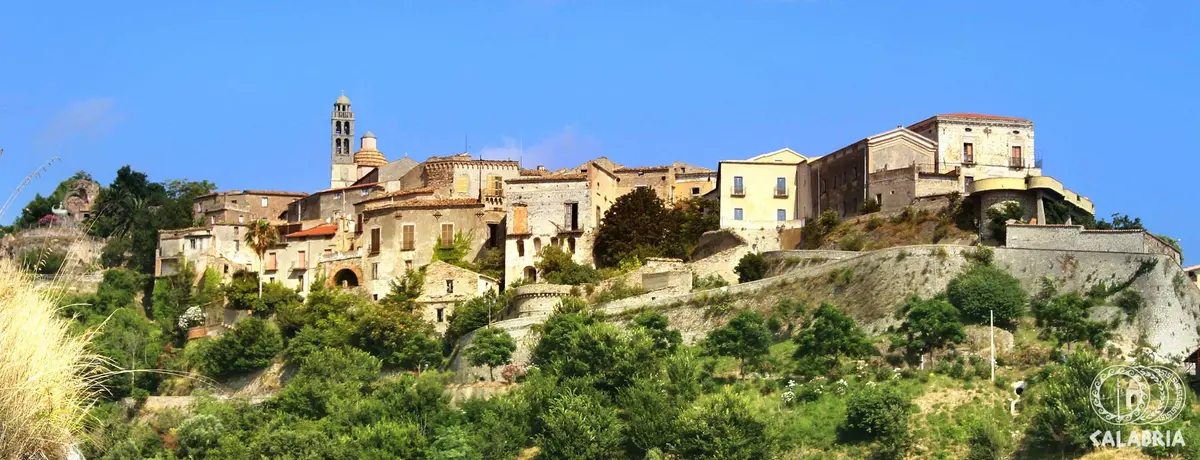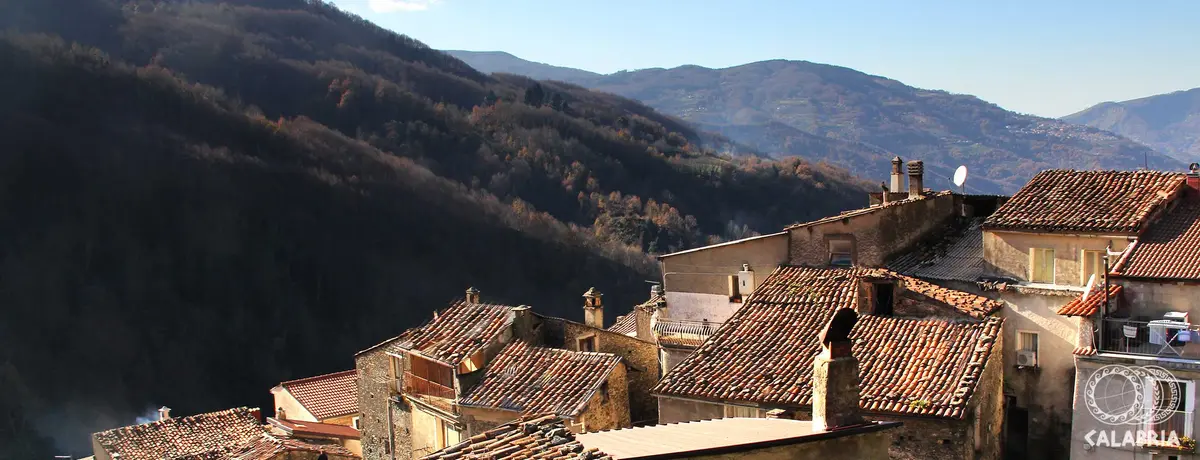San Mango d'Aquino
From the Muricello Award to the Library of Calabrian Writers
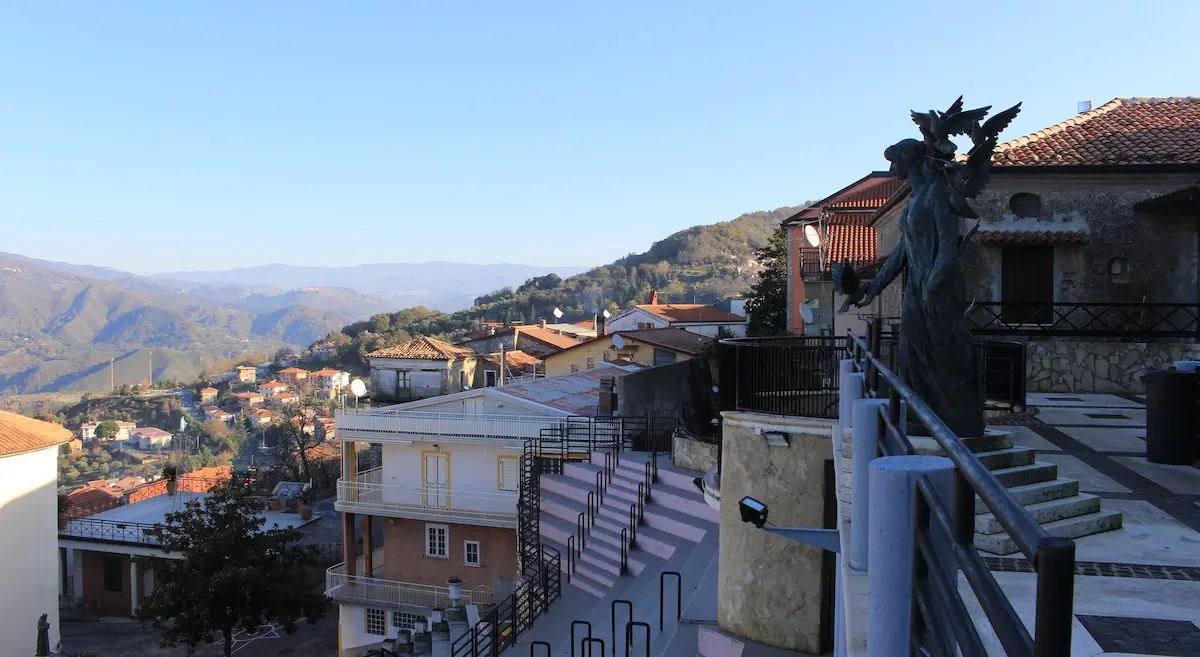
Town
San Mango d'Aquino - Regione Calabria
San Mango d'Aquino is located in a panoramic position on a hill in the province of Catanzaro, overlooking the coast of the Middle Tyrrhenian Sea, renamed the Riviera dei Tramonti and the Savuto Valley.
San Mango d'Aquino is an essential stop on any literary itinerary in Calabria: it is home to the important Muricello Literary Prize and the Library of Calabrian Writers.
San Mango d'Aquino boasts an ancient history of agricultural and peasant struggles and a name linked not only to St. Thomas Aquinas, whose family is said to have Calabrian origins, but also to the 17th-century tradition that transformed the original place name Muricello into San Mango. The latter is honoured by the Literary Prize of the same name, one of the most prestigious in the region. Since 2024, the Muricello Prize has also been linked to the establishment of the Nuccio Ordine Library of Calabrian Writers, a place for collecting, presenting and promoting local literary authors.
Useful information
What to know about San Mango d'Aquino
Infopoint San Mango d'Aquino
San Mango d'Aquino
No result
